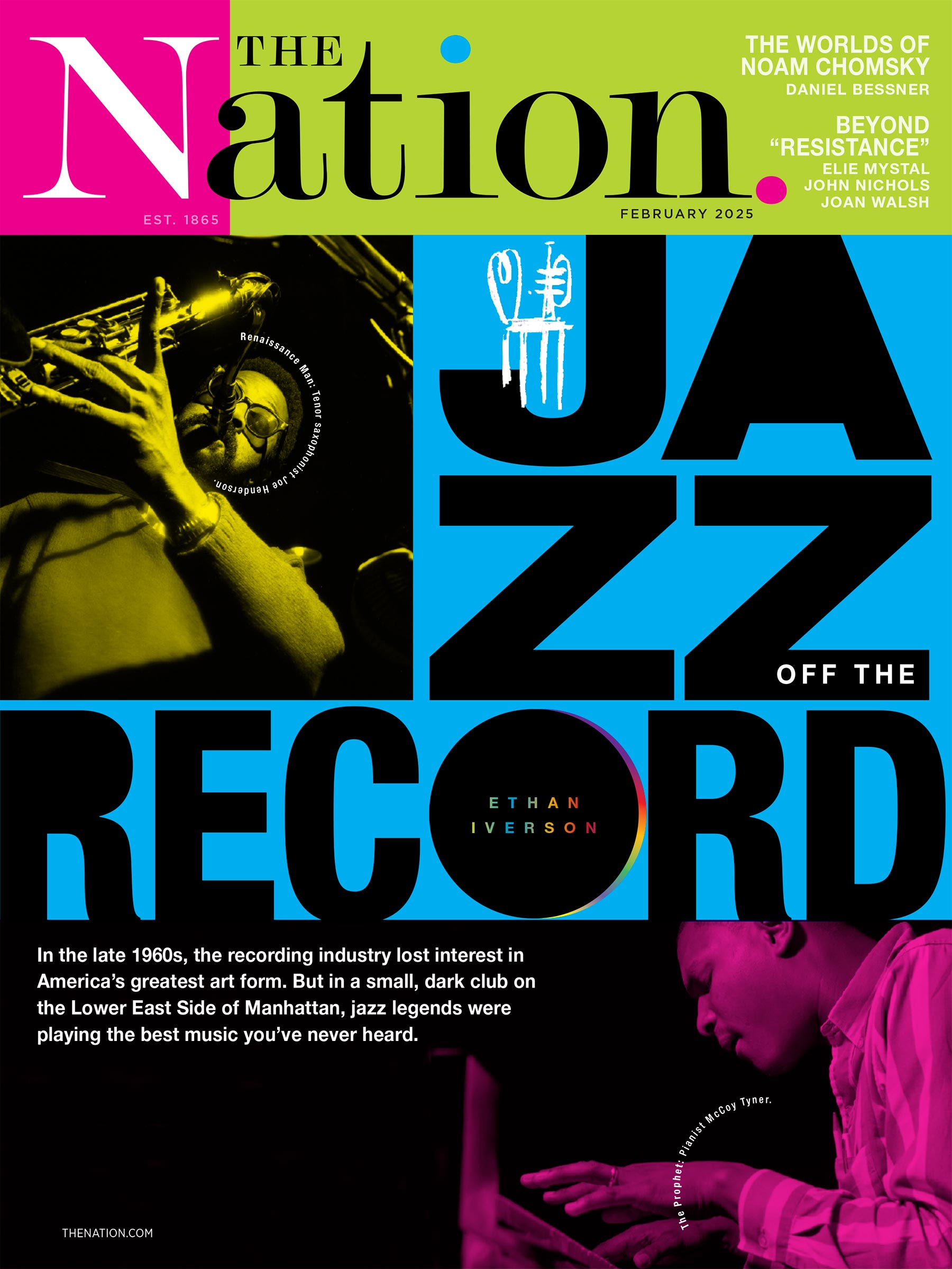Roopa Singh a k a Naxal
August 3, 2007
“It is said that an anarchist society is impossible. Artistic activity is the process of realizing the impossible.” –Max Blechman
Realizing the Impossible (AK Press), edited by Josh MacPhee and Eric Reuland, is a book on art and activism. The entire work deserves a top slot in your must-read list, but it was page 78 that got me hooked. The article, “Shadows in the Streets: The Stencil Art of the New Argentina,” opens with a blazing black and white stencil image by the crew, “Buenos Aires Stencil (BsAs).” The stencil depicts an inquisitive George W. Bush with Mickey Mouse ears on either side of his head, the caption reads: Disney War.
In “Shadows,” author Eric Lyle embodies what Realizing the Impossible does best: smartly, courageously and accessibly documents political graphic art.
These gorgeous expressions of rage by torchbearer creators are not taught in our schools.
Lyle goes to Argentina, honestly identifies as a white artist with limited Spanish skills and U.S. privilege, and rolls deep with the dopest crews in the country. Like most artists in the book, Frederico, of the crew Run Don’t Walk, takes us to school on why we need to engage in arts-based activism. “When you are in the streets all day, you see an invasion of the city by these ads,” he says. “When you paint in the streets you are taking the streets back, making the city yours.”
The book reads like a found-art installation piece, anthology style, stacked with interviews, essays and images. With 22 articles and as many authors, each commentary conjures a self-facilitated workshop, tied together into a coherent and appropriately riotous book. Diving headfirst into subjects like printmaking, film, interventions and anarchist art theory, Realizing the Impossible only loses footing in its failure to give any props to hip-hop and when authors rely too heavily on academic language and structure.
Josh MacPhee, co-editor of Realizing the Impossible (with Eric Reuland) explains the main goals of this book:
“First, little like [the book] exists, especially in English, so we felt like it was important to help put the intersection of art and anti-authoritarian politics on the map. Second, we wanted to reclaim art and art history as extremely political and completely steeped in the social context. And third, we wanted to explore and show some of the ways artists and activists are breaking down the wall between culture and politics.”
Popular
"swipe left below to view more authors"Swipe →
Judging a book by its cover
Realizing the Impossible‘s cover “purposefully references traditional printmaking style,” according to Ayanah Moor, hip-hop generation visual artist and associate professor of art at Carnegie Mellon University. Thick black strokes form the shapes of five hands in five shades of brown. Each hand grips a different tool–a can of spray paint, a fat-tipped marker, an exacto knife for cutting stencils and a video camera. The fifth hand, the biggest, cradles a rust-colored stencil cut, capital “A” for anarchism.
Since spray paint, fat markers and brown hands make me think of hip-hop, I checked out the extensive Index and learned that hip-hop, a culture with anti-authoritarian roots and a widely recognized “four elements” strategy of challenging the status quo through visual arts, music, poetry and dance, is not referenced once in the book. I asked MacPhee about the omission, and he readily acknowledged that he doesn’t know too much about hip-hop culture.
“We likely would have included hip-hop in the collection if we had included music, and not strictly limited it to the visual arts,” MacPhee said. “Like all commodified culture, hip-hop has a lot to sort out politically, and I think anarchism has some tools that might help.”
Ouch.
Arts, crafts or people’s art?
Out of the wide-mouthed river flowing through Realizing the Impossible, a few themes emerge: Do you identify as an artist or craftsperson? And do you make art for the people or art for art’s sake?
Clifford Harper, an anarchist-illustrator who was interviewed for the book, frankly states, “I don’t regard myself as an artist. I am a craftsman. Fuck art.”
Activist and Realizing the Impossible author Carlos Fernandez explains what the terms “art for art’s sake” and “art for the people” feel and sound like to him. “‘Art for art’s sake’ can be interesting or not, depending on personal tastes. ‘Art for the people’ feels like something open, useful and complex in the messiest ways, but also closest to what’s alive and changing in our culture.”
Realizing the Impossible raises important questions and illuminates underground information. It is a book both for the people and for its own sake. But above all, it inspires. Take yourself to the streets and to school, make time for books in general and this book in particular. Hit me up, I’ll lend you my copy.
Roopa Singh (a k a Naxal) is a frequent public speaker, performer and educator currently residing in the Bay Area while transitioning out to NYC. A South Asian lawyer and poet, Roopa is the kind of writer who “has an eye out for shit that cries out, passionately.” (Andre Benjamin, Outkast) Flipping the news into poetry that we can feel is just one of the ways Roopa reinvigorates the word.


